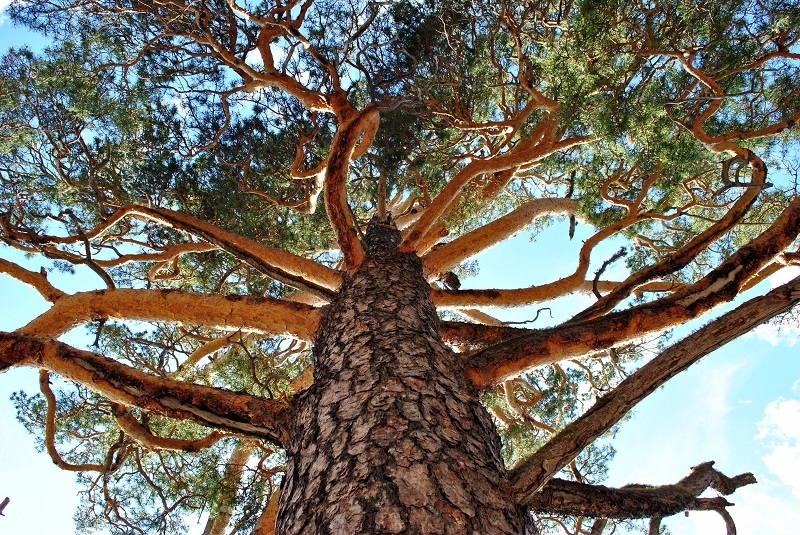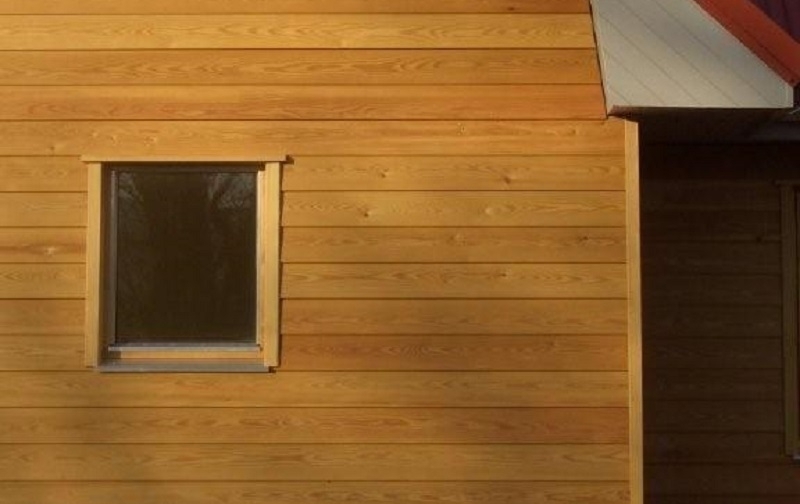Spotlight on species – Larch (Siberian vs European differences)
Published: 07/04/21 By: Mike Bekin
There are a variety of different Larch trees. This article will shine a light on the differences between two different species of Larch: the Siberian Larch and the European Larch.
What Is Larch’s Botanical Name?
Larch has the botanical name Larix but there are many different types of Larch out there, including the Siberian and the European Larches.
The botanical name for Siberian Larch is Larix sibirica, otherwise known as Russian Larch, whereas the European Larch’s botanical name is Larix decidua.
Each Larch species has its own botanical name which begins with their family name, the Larix genus.
Then comes the species name: sibirica or decidua – so it’s the reverse order of our names: first surname and then first name!
Where Can Larch Be Found?
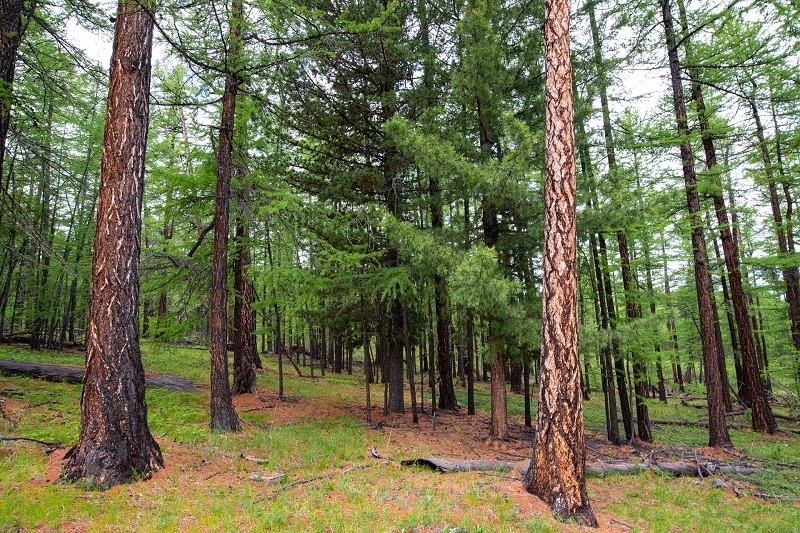 The Siberian Larch is native to Western Russia – found from close to the Finnish border all the way to the Yenisei valley in central Siberia.
The Siberian Larch is native to Western Russia – found from close to the Finnish border all the way to the Yenisei valley in central Siberia.
The European Larch can be found in the Alps, Carpathian Mountains, and the Pyrenees as well as locations in northern Poland and southern Lithuania.
Larch tends to favour colder climates. Whilst it originated in central Europe, it is now widespread in the UK.
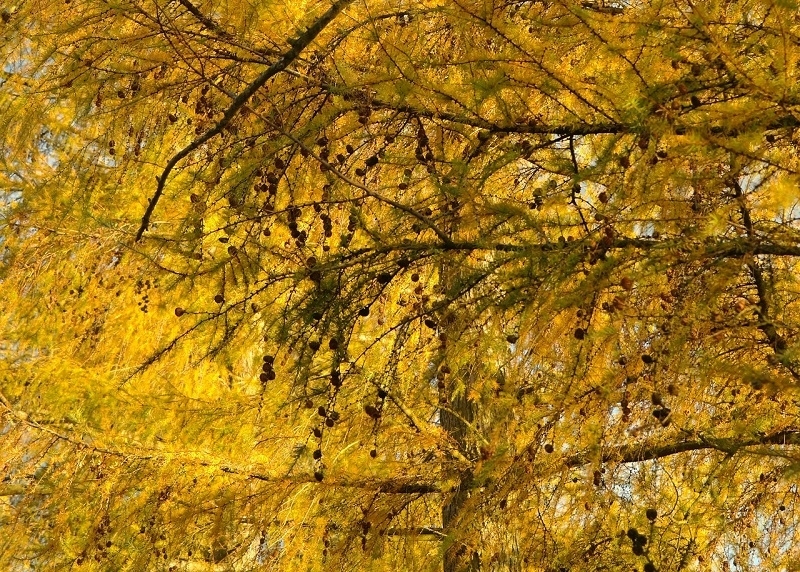
What Does A Larch Tree Look Like?
Both trees are medium to large deciduous coniferous trees (softwoods), with the Siberian Larch reaching up to 50m in height and the European reaching up to 40m.
Both have a trunk diameter of up to 1m and the crown of the tree becomes broader with age. In both species of Larch, the main branches are level, sweeping upwards whereas the smaller branches hang down loosely.
Both species have shoots of varying size. Some shoots are long and bear several buds, whereas some will only bear a single bud and be quite small.
The leaves tend to be bright green on both types of Larch, before turning yellow in the Autumn. Each Larch’s leaves are soft and needle-like.
Despite their similarities, there are some differences between the two types of Larch with the shoots on the Siberian Larch being downy, unlike their European counterpart.
Siberian Larch grow slower and stronger as they have to withstand colder temperatures, making them more durable (more years of service) and with a higher density – perfect for external cladding and decking.
Siberian Larch is imported into the UK pre-dried and cut and tends to be more expensive than its European cousin, which is why European Larch also earns its place as a popular choice when it comes to cladding.
What Does Larch Timber Look Like?
Siberian Larch timber is creamy yellow or light brown which weathers to a silvery-grey without treatment and a smooth texture. This can be changed with treatment and staining.
European Larch timber ranges from yellow to a medium reddish-brown and can have interesting patterns in its growth rings.
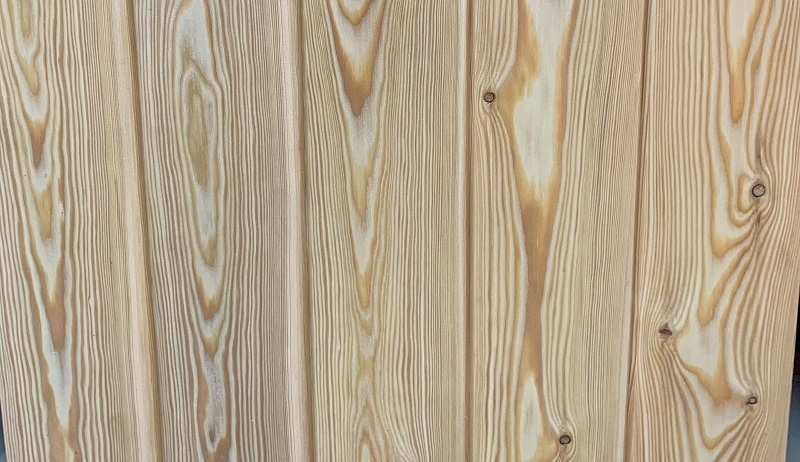
What Properties Does It Have?
Larch is one of the densest softwoods, weighing 590 kg/m³ when dried, making it great for construction. There is a high sap content and it is unlikely to shrink. Larch timber can be very durable with Siberian Larch timber valued for its waterproof qualities and being scratch resistant.
European Larch timber is harder than Scottish pine and is also slightly stronger in terms of bending and toughness, with a crushing strength of 7540 lbs. Both have great working qualities but it can be a struggle when it comes to nailing.
What Are The Main Uses?
Larch timber is generally used for heavy carpentry, includings flooring. European Larch is also frequently used for outdoor purposes including fence posts and boat building, whereas Siberian Larch is often used for cladding.
Did you know?
The Larch tree holds special significance in some Asian countries to women who have fertility issues. There is a belief that if they spend a night under a Larch, it will help them to conceive a baby.
So, it’s clear to see why Larch is such an appealing tree across the world. Whilst there are plenty of similarities between the Siberian Larch and the European Larch, there are some notable differences that cannot be ignored.
If you’d like more information on any of the wood we use or the work we do, then please get in touch on 0345 638 1340.
Don’t forget to find us on Facebook and follow us on Twitter too!
